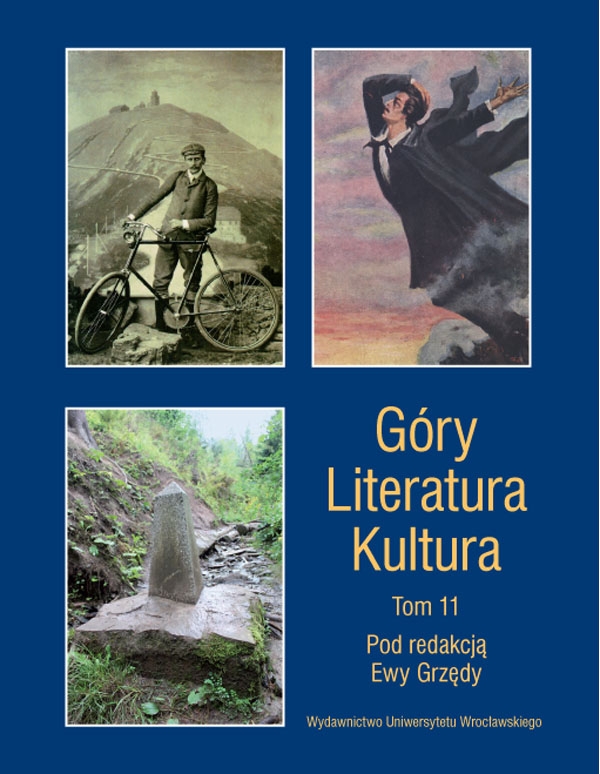

Dissertations, studies, sketches

ASCENTS WITH LIMITS: MOUNTAINS AS SPACES FOR GENDER TRANSGRESSION
Mountains and Alpine spaces are historical places where determined national, economic and cultural norms as well as practices were and still are negotiated. The article focuses on the question of gender in the mountains as a social space, which the author explores, drawing on the example of the history of climbing expeditions to the highest mountains in the world, the Himalayas. Against this background she presents, from the point of view of gender history, the so-called female expeditions, i.e. mountain expeditions initiated, organised and conducted from the mid-1950s by all-female teams. They serve as analytical lenses to look into gender relations in mountaineering and their transformations in 1955–2014. Drawing on four social spaces the author raises questions about crossing gender boundaries due to socially-constructed gender norms as well as strategies for overcoming them.
The first part of the article is devoted to female expeditions undertaken in 1955–1962 by British female climbers. These enterprises expanded the areas in which female mountaineers operated, without, however, questioning social gender stereotypes. The organisers of the expeditions deliberately presented themselves in accordance with social gender norms, and by choosing reasonable mountain goals, didn’t join the competition associated with the Himalayan eight-thousanders. The importance of gender based boundaries in high altitude mountaineering in the late 1950s is revealed in part two of the article when for the first time a female team set a famous eight-thousander as a goal for themselves. Press reports from before and after the expedition reflect prejudice and scepticism, presenting the female climbers in a manner that affronted them as overambitious and incompetent. It was not until the 1970s that a younger generation of female climbers openly and critically spoke against sexism and discrimination of women in high mountain climbing, as the author describes in part three. Female expeditions allowed women to avoid exclusion from male teams and attempt to climb the highest peaks on their own. The article ends with a presentation of the significance of female expeditions in the Himalayan state of Nepal, where since the 1990s such expeditions have provided Nepalese women with opportunities to made their mark on the tourist trade. On the other hand, female expeditions have been used by tourist and political institutions as an instrument of raising public awareness of issues like equality policy, climate protection or promotion of tourism.